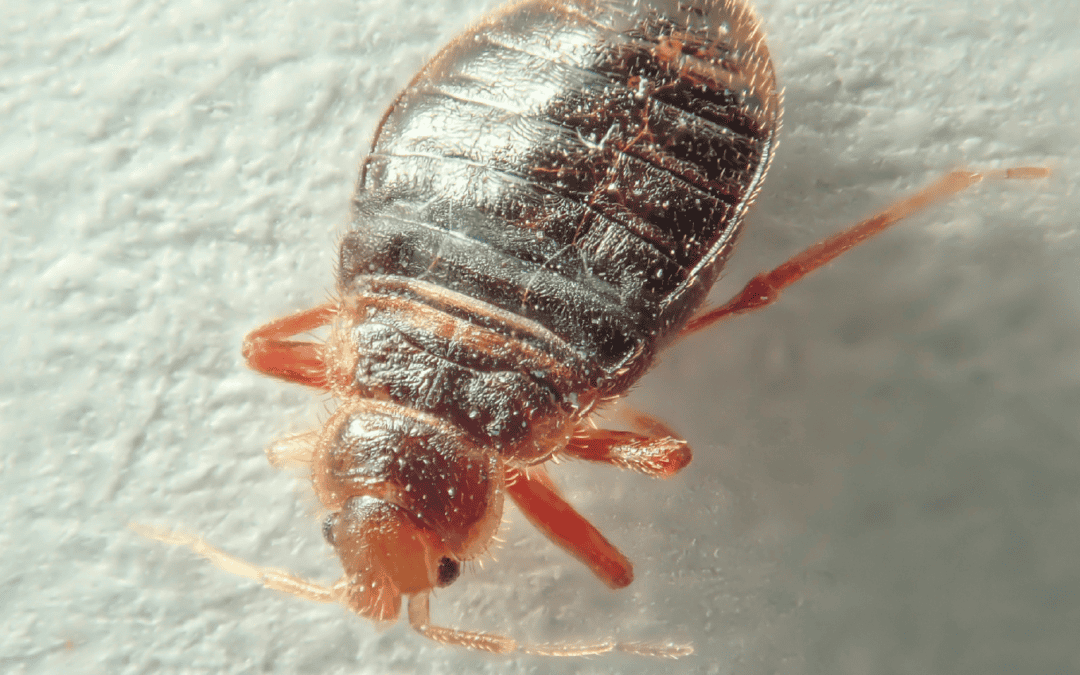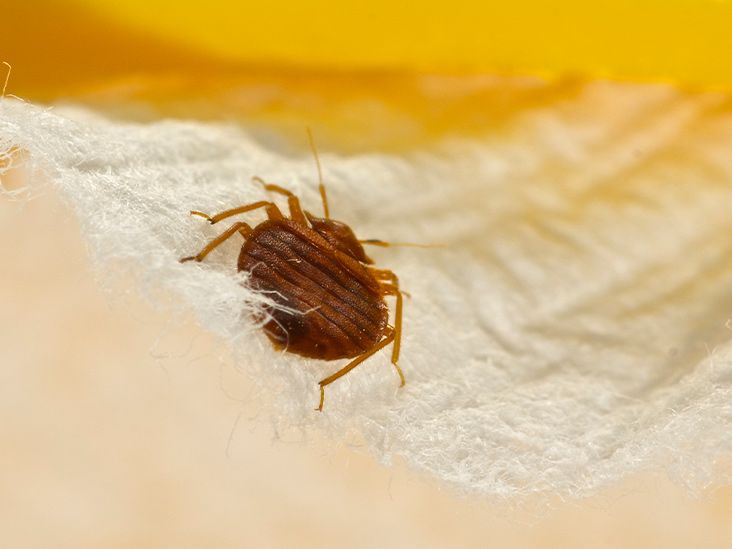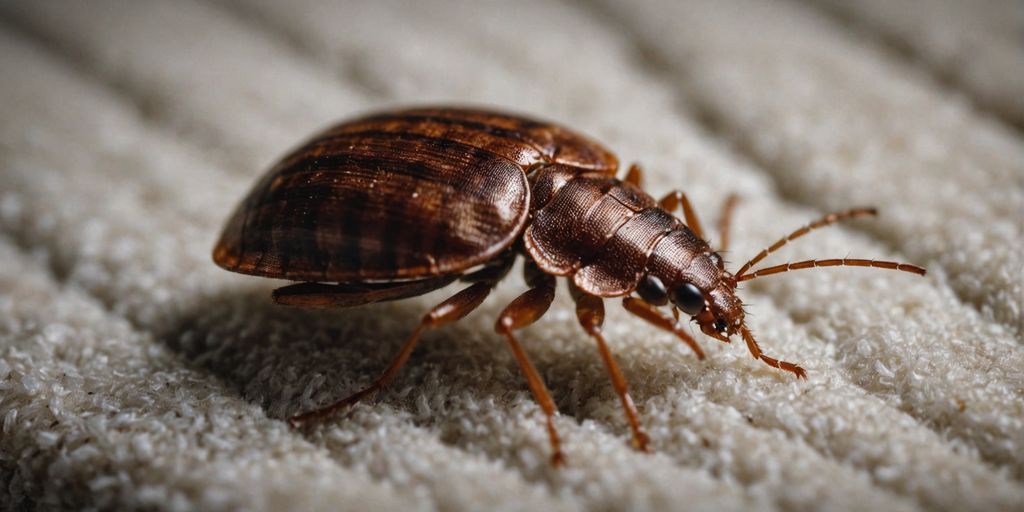Effective Bed Insect Therapy Techniques: A Secret Part of Insect Control
The revival of bed insect problems has underscored the necessity for reliable treatment techniques within the pest control sector. These durable insects, qualified of averting conventional approaches, require a multifaceted approach that includes both conventional and cutting-edge methods.
Comprehending Bed Bug Actions

One of the specifying qualities of bed pests is their capability to replicate swiftly. A solitary female can lay thousands of eggs in her lifetime, causing speedy population development if left uncontrolled. Additionally, bed insects can endure for several months without feeding, allowing them to sustain periods of host absence, which can impede prompt management efforts.

Typical Treatment Methods
While modern-day strategies to bed bug management have acquired popularity, conventional therapy approaches continue to be fundamental in addressing infestations. These techniques mostly consist of chemical therapies and physical treatments.
Chemical chemicals, such as pyrethroids and neonicotinoids, have actually been traditionally used to remove bed pests. These substances function by disrupting the anxious system of the bugs, bring about their ultimate death. Due to the development of resistance among bed bug populaces, performance can differ.
Physical techniques, consisting of warm therapy, have also become part of conventional techniques. This involves raising the temperature level of ravaged locations to a lethal level for bed pests, generally around 120 ° F(49 ° C) for continual periods. This approach is especially beneficial as it can pass through various materials and does not leave chemical residues.
Moreover, detailed cleansing practices, such as vacuuming and cleaning infested bed linen and garments, are important in this approach. Securing fractures and crevices, in addition to using cushion encasements, can additionally avoid bed insects from establishing themselves in living rooms. Collectively, these typical methods give an important foundation for handling bed pest problems successfully.
Modern Innovations in Treatment
The landscape of bed bug treatment has progressed dramatically with the advent of contemporary technologies that enhance performance and performance in taking care of invasions - Bed Bug Heat Treatment. Among one of the most noteworthy developments is making use of warm treatment, which involves increasing the temperature level of plagued areas to degrees deadly to bed insects. This method not just eliminates grown-up insects but additionally targets eggs, hence disrupting their reproductive cycle
Another development is the execution of innovative tracking systems, such as bed bug discovery pet dogs and modern traps outfitted with sensing units. These devices assist identify problems early, permitting timely treatment. Additionally, the growth of pesticides with unique modes of activity, developed to overcome resistance, makes certain that insect control professionals have reliable options at their disposal.
In addition, the combination of technology in bug control management, such as information analytics and mobile applications for tracking and reporting invasions, streamlines the therapy process. These developments jointly contribute to even more sustainable and efficient bed pest administration techniques, showing the industry's recurring dedication to improving bug control results. As a result, both homeowner and parasite management specialists can approach infestations with better confidence and precision.
Preventative Procedures for Problems
Effective avoidance techniques are critical in minimizing the danger of bed insect problems, with aggressive measures playing an important function in guarding both household and industrial areas. check out here Among one of the most reliable strategies is routine examinations of living and workspace, particularly in position where people often collect, such as resorts and public transportation. Early detection can significantly lower the opportunities of an infestation ending up being established.

An additional preventative procedure entails the mindful evaluation of pre-owned furnishings and clothes before bringing them right into your room. Making use of safety coverings on mattresses and box springs can also give an effective barrier against bed pests.
Last but not least, educating locals and workers about the indications of bed pest presence, such as small blood stains or dark places on sheets, encourages people to act swiftly if they presume an invasion, consequently lowering the chance of prevalent concerns.
(Bed bug Exterminator)
When to Seek Professional Aid
Acknowledging the signs of a bed bug problem early on can make a substantial difference in taking care of the issue properly. Little, brown insects, in addition to rusty spots on bedding, are indications that must not be overlooked. If these indications appear, it is critical to evaluate the extent of the situation.
Bed bugs are notoriously resistant, and their capacity to conceal in hard-to-reach locations makes complex therapy initiatives. If you observe that bed insects come back in spite of repeated efforts to remove them, it might be time to get in touch with a parasite control specialist.
Last but not least, people with allergic reactions or breathing problems ought to focus on expert treatment. The chemicals utilized in pest control can pose wellness dangers if not used appropriately. Eventually, engaging a licensed insect control service makes certain a comprehensive and reliable resolution to bed pest issues, protecting your home and health.
Verdict
Efficient bed pest therapy techniques are critical in managing infestations and mitigating their influence. An extensive strategy that integrates traditional techniques with modern technologies improves therapy efficacy and addresses resistance issues. Preventative actions and routine inspections play a crucial role in minimizing the likelihood of invasions. Inevitably, comprehending bed insect behavior and recognizing when to seek expert help ensure that efficient administration approaches are employed, adding to long-lasting parasite control success.